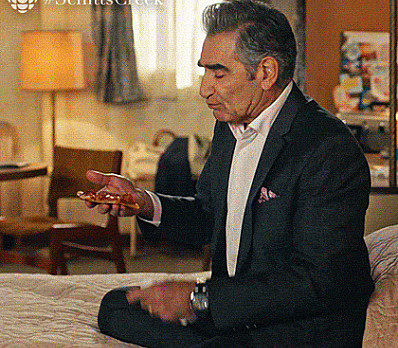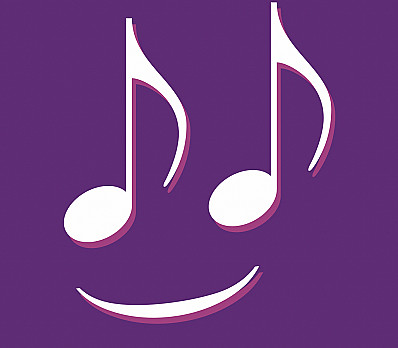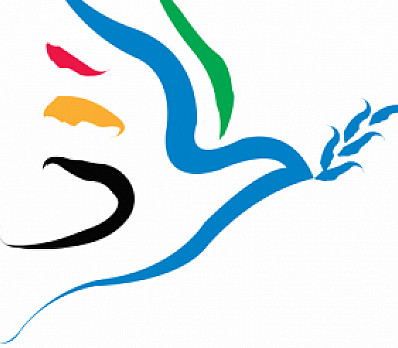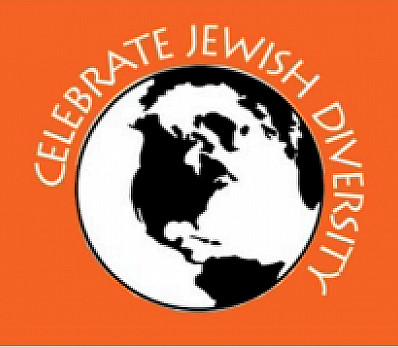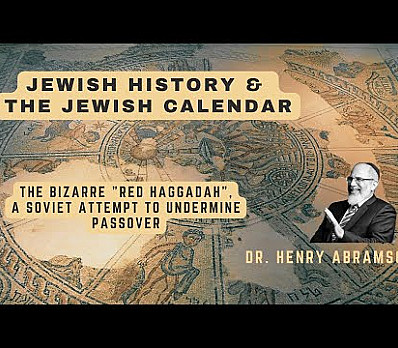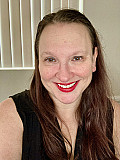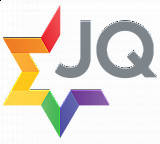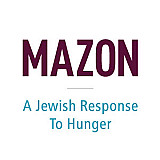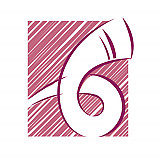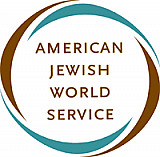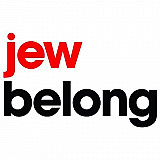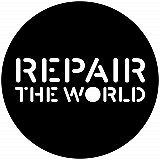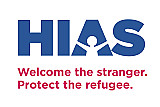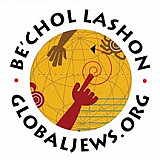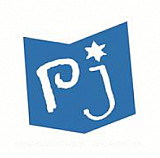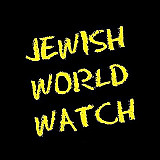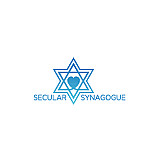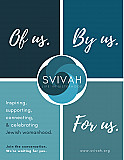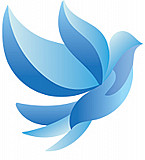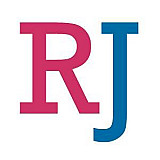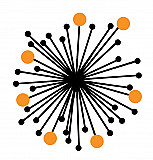1st Hand Washing
Water is refreshing, cleansing, and clear, so it’s easy to understand why so many cultures and religions use water for symbolic purification. We will wash our hands twice during our seder: now, with no blessing, to get us ready for the rituals to come; and then again later, we’ll wash again with a blessing, preparing us for the meal, which Judaism thinks of as a ritual in itself.
This beginning of the seder seems strange. We start with kiddush as we normally would when we begin any festive meal. Then we wash, but without a blessing, and break bread without eating it.
What’s going on here?
It seems that the beginning of the seder is kind of a false start. We act as if we are going to begin the meal but then we realize that we can’t – we can’t really eat this meal until we understand it, until we tell the story of the exodus from Egypt. So we interrupt our meal preparations with maggid (telling the story). Only once we have told the story do we make Kiddush again, wash our hands again (this time with a blessing) and break bread and eat it! In order to savor this meal, in order to appreciate the sweet taste of Passover, we must first understand it.
Too often during our daily lives we don’t stop and take the moment to prepare for whatever it is we’re about to do. Let's pause as we wash our hands to consider what we hope to get out of our evening.
Inspired to create
your own Haggadah?
Make your own Haggadah and share with other Seder lovers around the world
Have an idea
for a clip?
People like you bring their creativity to Haggadot.com when they share their ideas in a clip
Support Us
with your donation
Help us build moments of meaning and connection through
home-based Jewish rituals.
OUR TOP CONTRIBUTORS
Passover Guide
Hosting your first Passover Seder? Not sure what food to serve? Curious to
know more about the holiday? Explore our Passover 101 Guide for answers
to all of your questions.
